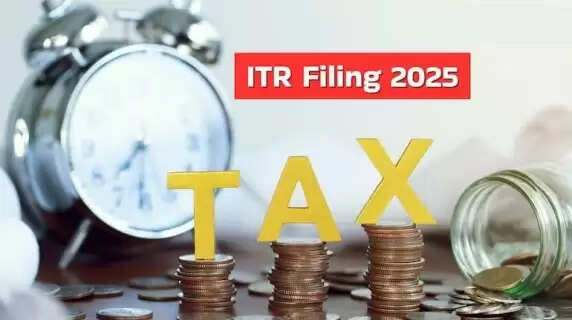
Understanding the intricacies of filing an income tax return is often a challenge, especially when there is a mismatch between the income reported by the taxpayer and the data available in the Income Tax Department’s Annual Information Statement (AIS). The Tax Department has provided instructions on how to resolve these discrepancies for income earned in FY 2024-25 that require specific attention for the 2025 filing season.AIS is an integrated statement that captures all monetary activities within a stipulated period. The AIS includes all relevant data that payroll would capture such as payments made to you, bank statement interests, shares and securities investments, TDS payments, and TCS along with several other income streams provided by your employer, financial institutions, and brokers.Some non-exhaustive reasons for AIS discrepancies include:Unreported Income: Income that remains undisclosed, either because the taxpayer deems it too insignificant to report or intentionally obfuscates it.Reporting Errors: Actionable transactions that are documented incorrectly by the reporting party.Delayed Reporting: When transactions appear on a taxpayer’s records earlier than on the AIS, such transactions are termed to as delayed reporting.Clerical Errors: Basic inaccuracies resulting from typing `wrong numbers` into the AIS or into the relevant ITR form.These mismatches may cause your refund to take longer than usual, receive a notification from the tax department, or your return may be examined. How to Avoid AIS Mismatches Before or While Filing ITR: The Income Tax Department has issued an advisory stating that taxpayers should verify their ITR’s with AIS data before filing returns. Here’s how to go about it: Get Your AIS: Head to the Income Tax e-filing portal (incometax.gov.in). Your statement will be available in the 'AIS' section and can be viewed there. Data Verification: Make sure to compare all details in the AIS such as encashed salary, interest income, TDS credits with your AIS, salary slips, Form 26AS, and any other pertinent documents. Spot Errors: Make a record of all the discrepancies you observe regarding amounts, dates of transactions, reporting categories, and any other relevant detail. Correcting AIS (If Applicable): If incorrect data has been reported by financial institutions, you can provide corrections through the portal’s AIS utility. Fixing your income reporting in your ITR remains fundamentally yours to ensure.Correct Your ITR: If the gap arises due to information you need to report differently or you neglected to report an income source that is accurately captured in AIS, make sure your ITR reflects all income. Use details from AIS to minimize errors.Pre-filled Data: Many tax filing utilities fetch pre-filled data from AIS/Form 26AS. Check whether the pre-filled data is accurate and make corrections, if required.Taking the time to review your financial records against the data in AIS and making necessary adjustments helps in streamlining the ITR filing process and preventing any unwanted complications with tax authorities later on.
Around the web

